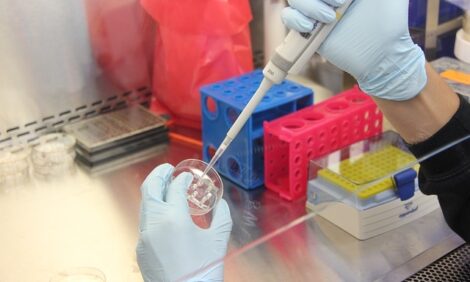



Maize Yield has Significant Impact on Profitability
US - University of Minnesota Extension economists and educators have been researching the question of which costs have the largest impact on farm profits. A significant difference in profitability exists among farmers. A few categories of production costs, also known as inputs, vary significantly across levels of profitability, writes David Bau, an agricultural business management educator with University of Minnesota Extension.The farm profitability levels can be broken into five groups (bottom 20 per cent, 20-40 per cent, 40-60 per cent, 60-80 per cent and the top 20 per cent profitability by crop). The 2011 numbers were just made available through a farm income analysis carried out in partnership between Minnesota State Colleges and Universities (MnSCU) and the University of Minnesota.
The cost of production varies by group, starting at $5.36 per bushel of corn produced in 2011 in the bottom group, declining to $4.63 for the 20-40 per cent group, $4.30 for the 40-60 per cent group, $3.91 for the 60-80 per cent group and $3.45 per bushel for the most profitable group. There is a significant difference of $1.91 per bushel in cost of production between the top and bottom groups in profits.
The most significant impact on this cost of production is the yield per acre produced, which ranged from 139 bushels per acre in bottom tier to 177 bushels per acre in the top group, a difference of 38 bushels per acre.
One of the top five costs was seed, varying slightly among groups from $102 to $105 per acre. Fertiliser is the second-highest cost and the bottom three tiers had similar costs at $154, $152 and $151, while the top 20 per cent spent $118 per acre.
The highest cost was rent, which varied, but not significantly among groups.
Overall direct expenses varied significantly with the low group's cost at $625, declining incrementally in each group with the top 20 per cent spending $533 per acre, or $92 per acre less. Total expenses also varied significantly with the low group at $745 and the top group at $611, a difference of $134 per acre. After accounting for direct expense variation of $92 per acre, overhead expenses varied by an additional $42 per acre. Other top expenses were repairs, fuel and oil in direct costs, and depreciation in overhead costs. Soybeans had similar results, except for fertiliser.
The quality of land might be one factor resulting in better yields. Some farms may utilise manure, lowering their fertiliser costs.
Net return to labour and management income started at $63, increasing quite dramatically in each group until reaching $509 for the top 20 per cent. The top 20 per cent farmers are managing much higher net returns to labour and management by $446 per acre over the bottom 20 per cent.
To be profitable, you must be the best at managing cost without hurting yields, said Mr Bau. Farmers can use University's Center for Farm Financial Management FINBIN website at www.finbin.umn.edu to examine costs in any area of the state.








